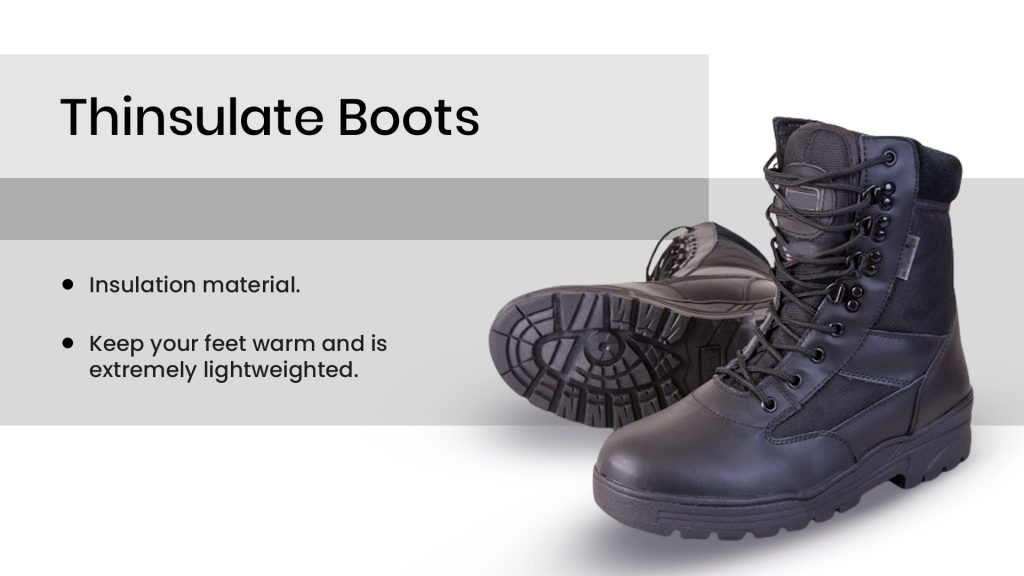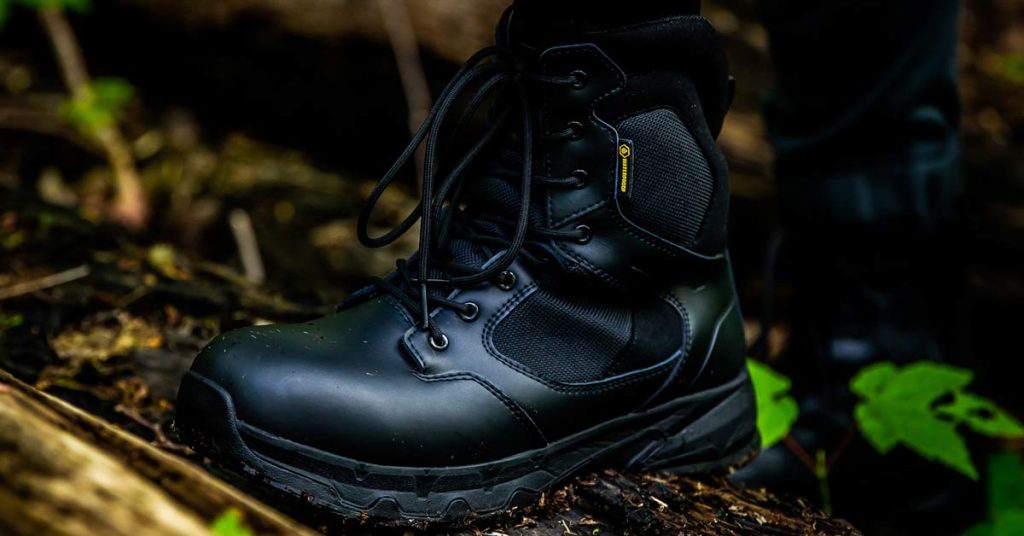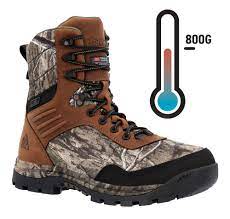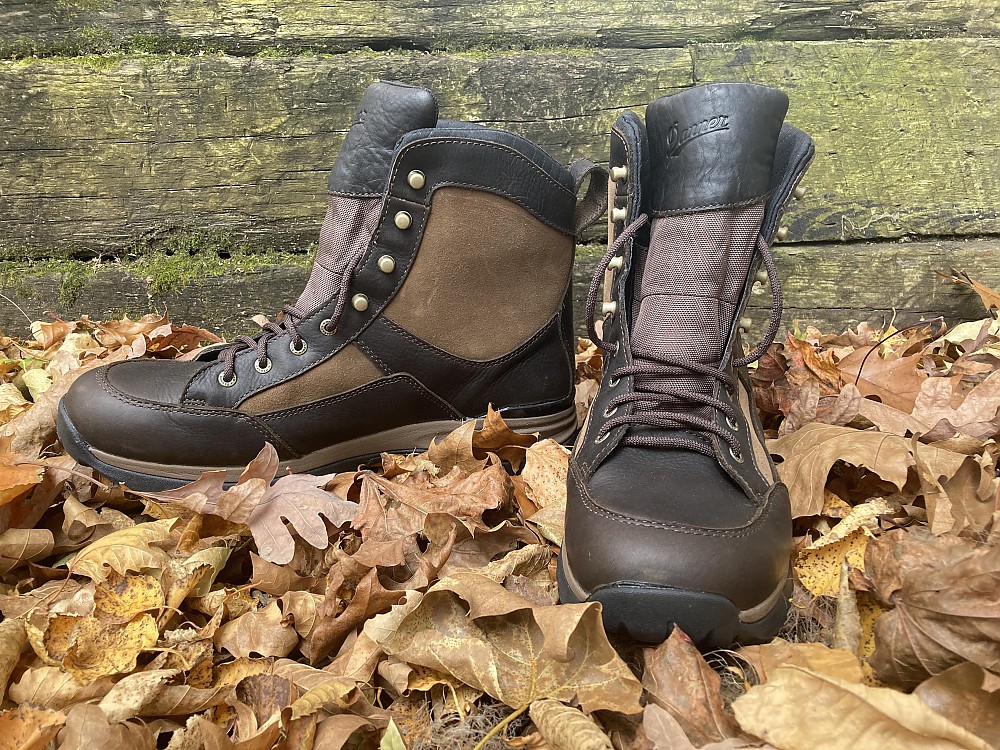Are you gearing up for your next hunting adventure and wondering, “How much insulation do my hunting boots need?” Well, you’re not alone.
Choosing the right amount of insulation for your hunting boots is crucial for staying comfortable and warm in the great outdoors.
We will explore the factors determining how much insulation your hunting boots require, ensuring you make an informed decision that aligns with your hunting conditions and preferences.
Whether trekking through snowy landscapes or navigating milder climates, understanding the ins and outs of insulation will help you keep your feet cozy and ready for whatever nature throws your way.
Do I need insulated Boots?
If you’re out in freezing conditions, the answer is likely yes. But when it’s just chilly, things get trickier.
Consider your circulation, potential temperature drops, and how often you’ll wear the boots in colder months. Insulated boots are a good call if it’s a yes to any; otherwise, waterproof boots might be your match.
Importance of Boots insulation

Sitting in a blind or tree stand, the cold isn’t your pal. Insulation is crucial to keep your feet warm. But be cautious not to overdo it, as too much insulation can make your feet sweat and add extra weight to your boots. Strike the right balance for a cozy hunting experience.
Factors to Consider while insulating Boots
Insulation Quality:
Thinsulate, a lightweight synthetic insulation widely used in hunting boots and high-quality clothing, offers superior warmth and weight efficiency. Compared to non-thinsulate boots, those with Thinsulate stay warmer, remain lighter, and maintain warmth even when wet, making them a preferred choice for many hunting boots.
Insulation Level:
Hunting boots are typically rated between 0 and 1000 grams, indicating the weight of the built-in insulation in grams. Unlike a specific temperature rating, factors such as socks, activity level, and boot materials influence foot temperature, making insulation levels a crucial consideration.
Activity Level:
Your hunting activity—whether walking, hiking, sitting in a stand, or blind—affects the insulation you need to keep your feet warm. It’s advisable to choose insulation based on the hunting you engage in most frequently.

Socks:
Wearing quality hunting socks enhances insulation and comfort. You can customize insulation levels by choosing thicker socks for activities like sitting in a ground blind during cold weather. In comparison, thinner socks are suitable for long-distance hikes.
How much insulation do I need in my Boots?
When choosing insulation for your boots, think beyond just the temperature. Factor in snow, ice, and water conditions.
Consider your activity level and sock thickness, too. Boot insulation, measured in grams, reflects the material’s weight. Don’t assume 400 grams is twice as warm as 200 grams—it doesn’t work that way.
While more insulation means warmth, it’s not a direct doubling. Specific temperature recommendations are tricky due to various factors. Still, the guide below will assist you in finding the right insulated boots for your needs.
200G Insulated Boots
Ideal for cool weather and lower activity levels, boots with 200 grams of insulation can handle colder temperatures if you stay active. They won’t overheat you if the temperature rises, making them suitable for milder climates where occasional exposure to more excellent conditions is expected.
400G Insulated Boots
Boots with 400 grams of insulation excel in cooler weather and low activity levels. They can also keep you warm in reasonably cold weather when you’re on the move. If 200 grams aren’t cutting it, stepping up to 400 grams is the right move for added warmth.
600G Insulated Boots
Stepping up to boots with 600 grams of insulation ensures warmth in cold weather, even at low to moderate activity levels. As the temperature drops, these boots remain comfortable for higher activity levels, providing reliable warmth.
800G Insulated Boots

For colder weather, boots with 800 grams of insulation keep you warm during low to moderate activity.
Typically, this is the heaviest insulation recommended for continuous movement unless you’re in icy environments or navigating through cold water or snow.
Popular among whitetail deer and deer stand hunters, 800g boots strike a balance between warmth and practicality.
1000G Insulated Boots
Boots featuring 1000 grams of insulation keep you warm at low to moderate activity levels during extremely cold conditions.
If you anticipate moving through snow or submerging your feet in cold water, opting for boots with 1000 grams of insulation or more would be a wise choice for enhanced warmth and protection.
1200G Insulated Boots
Opt for boots with 1200 or more grams of insulation for the harshest environments. Specifically, select 1200-gram insulated rubber boots for traversing cold or icy water.
Boots made of rubber with 1000-1200 grams of insulation are ideal for snowy conditions, especially for those not overly concerned about breathability.
1400G Insulated Boots
For the most frigid environments demanding maximum warmth, rely on our 1400-gram insulated boots.
What kind of socks should I wear with insulated Boots?
Always opt for merino wool socks or a moisture-wicking wool blend when wearing insulated boots. Waterproof insulated boots effectively keep the cold and moisture out, but they may trap sweat or snow inside.
Merino wool, naturally moisture-wicking and breathable, draws moisture away from your feet and facilitates easier escape through the boots. In contrast, regular cotton socks retain moisture and can lower foot temperature in prolonged cold exposure. Merino wool socks and similar options come in different weights, allowing heavier socks to be paired with lighter insulation packages.

